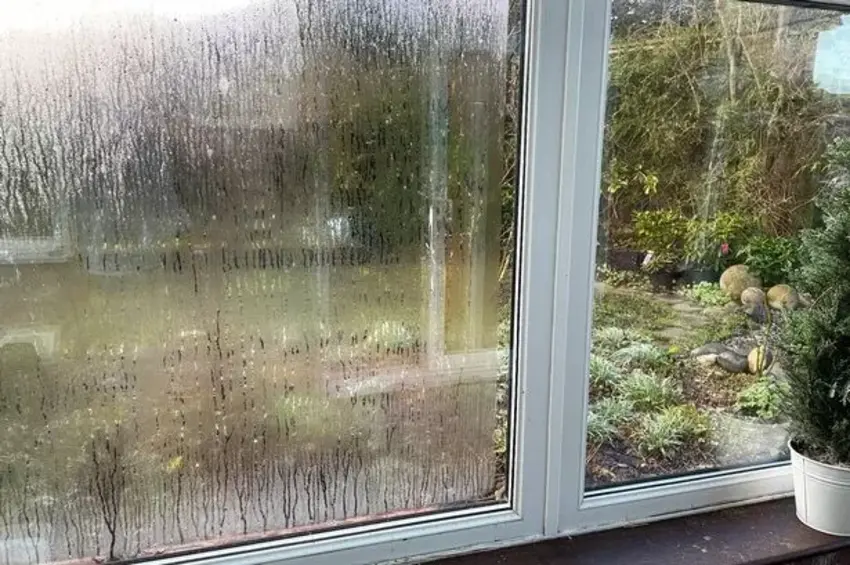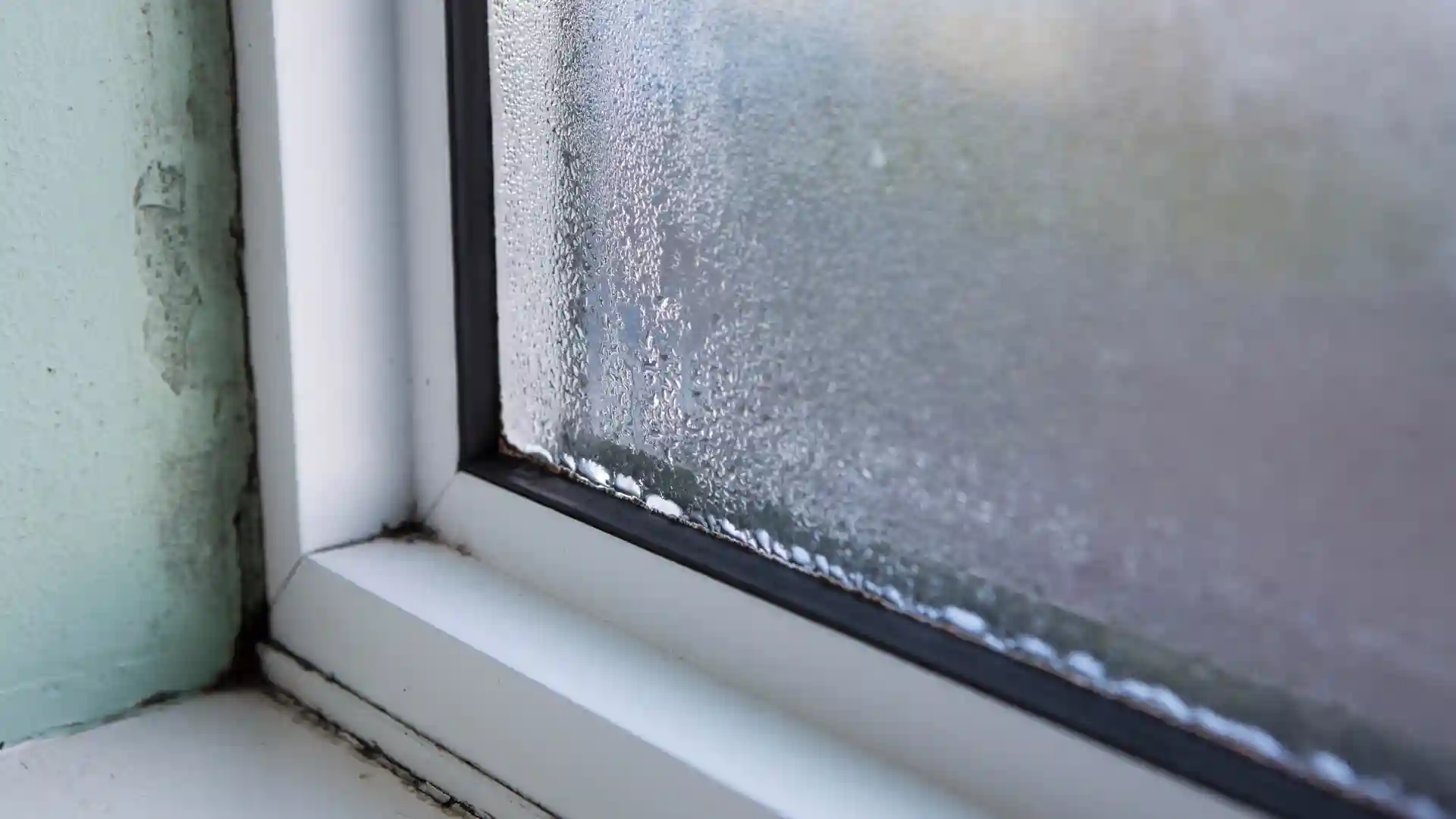Condensation between window panes can be frustrating, but it’s essential to address it promptly. It obstructs your view, and prolonged moisture can lead to more severe problems like mold growth and damage to the window seals. You choose DIY methods or enlist professional help, ensuring that condensation is removed effectively, which will protect your windows and home. Prevention is key for maintaining clear windows in the future. By keeping humidity levels balanced and ensuring proper ventilation, you can reduce the chances of moisture accumulation between panes. Staying informed about other common window problems helps keep your living space comfortable and inviting. Taking proactive steps to manage condensation will enhance your home’s aesthetic appeal and increase its longevity and value. Address issues as they arise, stay vigilant with maintenance routines and enjoy a clearer view of the world outside.
Understanding Condensation Between Window Panes

Condensation between window panes occurs when warm, moist air comes into contact with the cold glass. This temperature difference causes moisture to condense and collect, creating that frustrating foggy appearance. Typically found in double or triple-glazed windows, this issue arises from seal failure. When the seals lose their integrity, outside air can enter the space between the panes. Humidity levels inside your home contribute significantly to how often you see condensation.
The Dangers of Leaving Condensation Between Window Panes
Leaving condensation between window panes can lead to more than an unsightly view. Over time, trapped moisture creates a perfect breeding ground for mold and mildew. These fungi damage the window seals and pose health risks to you and your family. The presence of excess moisture can weaken the structural integrity of windows. This is particularly concerning in older homes where frames may already be compromised.
If left untreated, condensation can cause permanent fogging or even cloudiness on glass surfaces. This diminishes natural light entering your home, making spaces feel dim and unwelcoming. Ignoring the issue might result in increased energy bills as well. Damp air affects insulation efficiency, increasing heating and cooling costs over time. Addressing this problem promptly will protect your home’s aesthetics and overall value.
DIY Methods to Dry Condensation Between Window Panes

If you’re facing condensation between window panes, there are a few DIY methods to consider. One popular approach involves using a hairdryer. Set it on low heat and gently blow warm air into the gap around the edges of your window. This can help evaporate moisture trapped inside. The use of silica gel packs is another method. You can find these in various products like shoes or electronics. Place them near the affected area; they absorb excess moisture over time. For those who enjoy a bit of craftsmanship, drilling small holes at the bottom of your window frame may also work. Insert tiny venting devices that allow air circulation but still keep pests out.
Professional Solutions for Removing Condensation
If DIY methods don’t resolve the condensation issue, it might be time to call the professionals. They have specialized tools and techniques that can efficiently address this problem. One common professional approach is using a vacuum sealant. This method involves removing the window from its frame and re-sealing it to eliminate moisture trapped inside.
An option is retrofitting your windows with desiccants, substances that absorb moisture effectively. This solution helps prevent future condensation without needing full replacements. In some cases, replacing the entire insulating glass unit may be necessary. Although this requires more investment, it ensures long-term clarity and efficiency. Professional services often come with guarantees, providing peace of mind knowing that experts handle your window issues. These skilled technicians can also offer insights on maintaining optimal conditions in your home moving forward.
Preventing Future Condensation Build-Up
To prevent future condensation between your window panes, start by improving ventilation in your home. Open windows whenever possible to allow fresh air circulation. You are installing exhaust fans in areas prone to moisture, like kitchens and bathrooms. Next, monitor humidity levels indoors. A hygrometer can help you keep track of moisture content. Aim for indoor humidity around 30-50%. A dehumidifier can make a significant difference if the levels are too high.
Another vital aspect is ensuring proper insulation around your windows. Check seals and caulking regularly for any gaps or wear that could let in cold air or moisture. Upgrade to double-glazed or triple-glazed windows designed with better thermal performance. These modern solutions reduce temperature fluctuations inside the glass panes and significantly minimize condensation risk.
Other Common Window Issues and How to Handle Them
Windows can encounter various issues beyond condensation. Drafts are a common problem, often caused by worn-out seals. A simple way to address this is by replacing weatherstripping or caulking gaps. An issue is foggy glass due to aging double-pane windows. If the seal has failed, it may be time for replacement rather than repair.
Cracked or broken panes require immediate attention. It’s essential to fix these promptly to prevent further damage and enhance safety. Noise infiltration can also be bothersome in busy neighborhoods. They are installing soundproof window inserts for added tranquility. Mold growth around window frames might signal moisture problems. Regular cleaning with vinegar and water can help maintain cleanliness and reduce health risks associated with mold exposure.




